Aparaaditehas (the Widget Factory) is an old factory complex that has become a cultural hotspot. Many creative entrepreneurs, artists, designers and the factory cat Johannes Gutenberg have found their home here. Its industrial interiors and hipster vibes bring together design and art shops, a unique and cozy bookshop, cool restaurants, galleries and several event venues. For example, there is a community repair space called Paranduskelder (direct translation would be “Repair Basement”) that values recycling and environmentally friendly practices, offering workshops and training as well as organising events where people can repair any item they need, whether it is a suitcase or a computer mouse. The neighbouring building houses TYPA Printing and Paper Arts Centre, which received the Ilucidare prize for excellence in Heritage-led Innovation in November 2020.
Tartu
A colourful combination of cultural heritage and modernity
Photo © Tanel Kindsigo
Why visit Tartu
Tartu is the intellectual capital of Estonia, full of friendly and vibrant people who care about their environment. A green holiday in Tartu means a great combination of cultural heritage, local architecture and lots of nature in the heart of the city.
Tartu is all about the special feel of the city and its people.
Destination’s sustainability performance
Discover what Tartu has to offer, not only for your green destination travel but also for your next event.
Tartu will be European Capital of Culture in 2024. The city has developed the creative concept Arts of Survival. It is about the human impact on the escalating climate crisis, aggravated social divisions and mental welfare issues and the struggle of small cities and rural communities for renewal.
Culture & Local Life
Tartu is the cradle of Estonian culture. The national university originated here and the first newspapers and cultural societies were established. The first Estonian national song festival took place in Tartu and the first professional theatre (Vanemuine) began its work here.
One of the most important cultural institutions in Tartu is the Estonian National Museum where history is intertwined with innovation. It is over a century old. The museum’s permanent exhibitions of the cultural history of Estonian and Finno-Ugric nations are represented through physical exhibits as well as novel smart solutions, creating a bond between the older and younger generations.
Photo © Tanel Kindsigo

Photo © Sixten Sepp
Getting there
Tartu has excellent public bus connections to all the bigger Estonian cities as well as to Riga, St. Petersburg, Pskov and Moscow. Comfortable buses are perfect for longer rides as they are equipped with a toilet, free Wi-Fi and power outlets as well as a coffee machine. At the moment the fastest option to get to Tartu is by train. The journey takes just under two hours.
Photo © Sixten Sepp

Photo © Mana Kaasik
Getting around
The distances in Tartu are short. On your green holiday in Tartu it is easy to use environmentally friendly transport like Tartu Smart Bike Share or public biogas buses to explore the city. Tartu Smart Bike Share has 69 stations all over the city and 750 bicycles, of which around 500 are electric. It is also possible to combine your travel with Smart Bike Share and biogas buses, as both ticketing systems use the same card.
Photo © Mana Kaasik
GOOD BUSINESSES
Discover accommodations, restaurants, shops and attractions that are commited to responsible development

Historic and cultural heritage
In addition to the beaches, take the opportunity to visit the Casa de Taipa Museum and the Church of São Miguel do Arcanjo.
PROMO CODE:
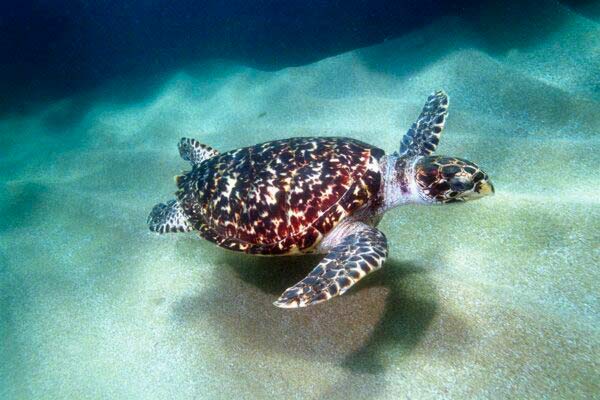
Historic and cultural heritage
In addition to the beaches, take the opportunity to visit the Casa de Taipa Museum and the Church of São Miguel do Arcanjo.
PROMO CODE:
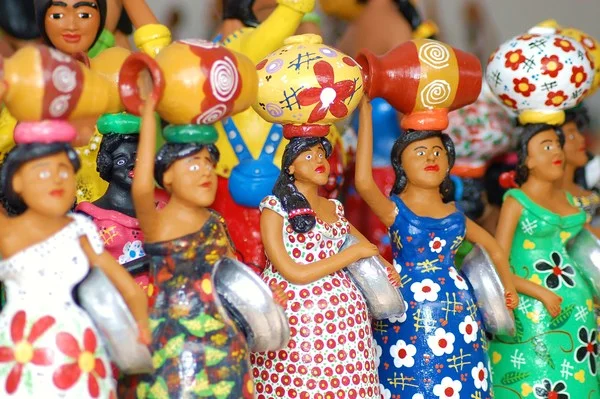
Historic and cultural heritage
In addition to the beaches, take the opportunity to visit the Casa de Taipa Museum and the Church of São Miguel do Arcanjo.
PROMO CODE:
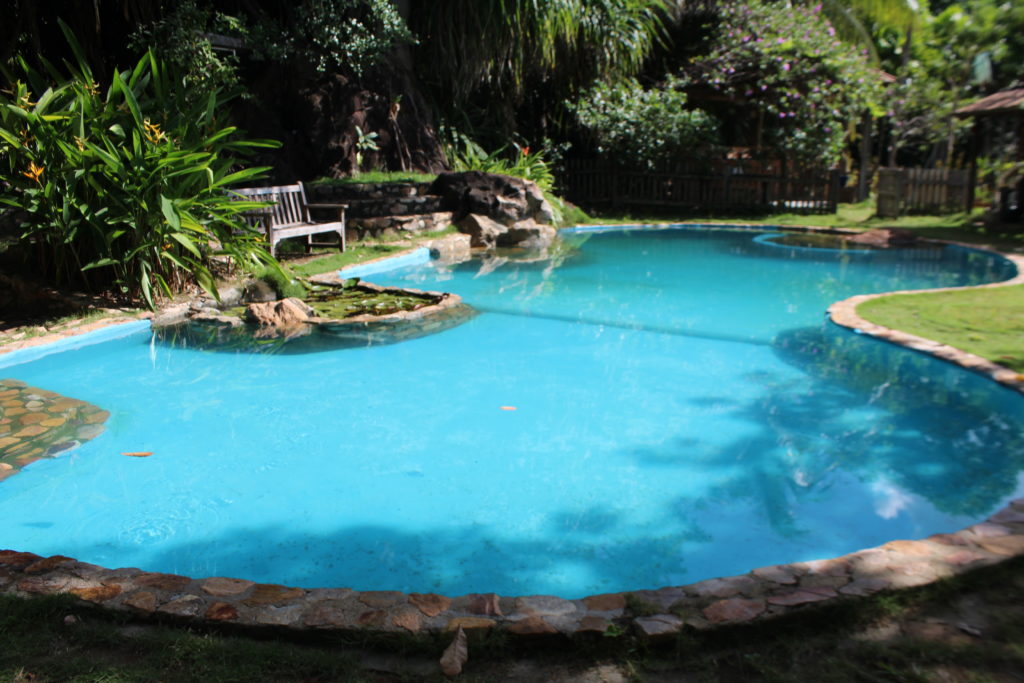
Historic and cultural heritage
In addition to the beaches, take the opportunity to visit the Casa de Taipa Museum and the Church of São Miguel do Arcanjo.
PROMO CODE:
Nature & Wildlife
The Great Emajõgi snaking through the city, the natural Toome Hill foreland, the botanical garden situated in the city centre as well as numerous parks all enrich urban nature. They offer possibilities to enjoy a green holiday in Tartu without leaving the city.
Photo © Jane Est

Photo © Mana Kaasik
Sustainability
Tartu is dedicated to reducing its carbon footprint and promoting sustainable tourism. The city encourages the use of environmentally friendly transportation, such as its extensive network of bicycle lanes and electric buses. Many local accommodations and restaurants are also focused on sustainability, offering organic, locally sourced food and eco-friendly services.
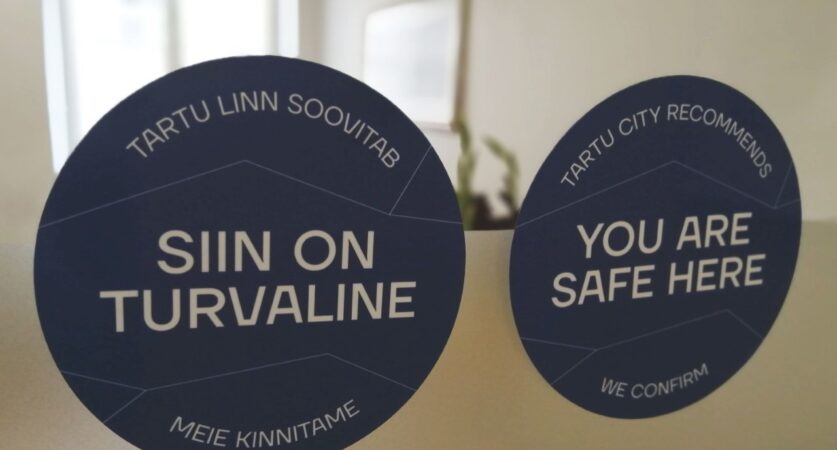
You are safe here
Health and Safety
Tartu prioritizes the health and safety of both residents and visitors. The city has implemented rigorous health protocols, ensuring that public spaces, accommodations, and transport facilities meet high standards of cleanliness and hygiene.

Photo © Mana Kaasik
Good Practice Story
Tartu is home to almost 100 000 inhabitants. Recently, more and more residents have commuted by car. Initiatives to promote green transport have sprung up rapidly (Tartu smart bike, Car-free avenue). However, an idea that would adopt the solution to locals as their own was missing. The transformation of the port railway into a green corridor originated as a proposal in a participative budgeting program.
Read more
Travel tips from our editors
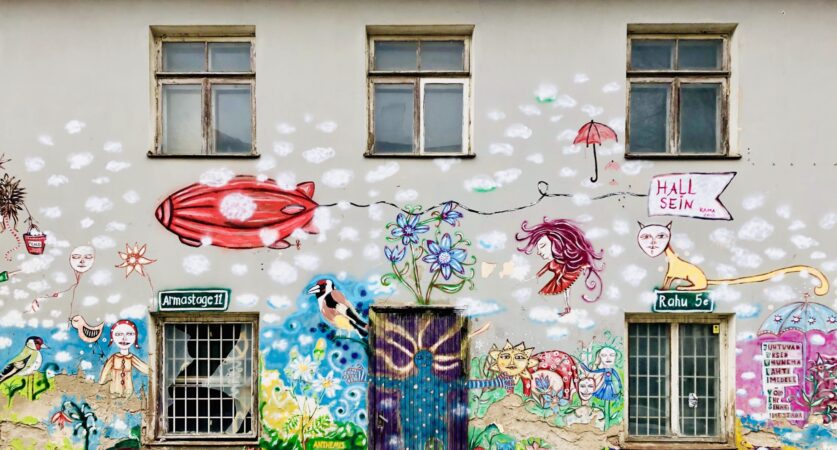
Photo © Ruth Pindus
Street Art
There aren’t very many cities in Europe where graffiti is created in cooperation with city authorities. With its colourful and versatile street art, Tartu is just one of these cities. While strolling down main streets and smaller side streets, you will often encounter interesting masterpieces or slogans with graffiti motifs and drawings. Special city tours have been created for viewing street art.
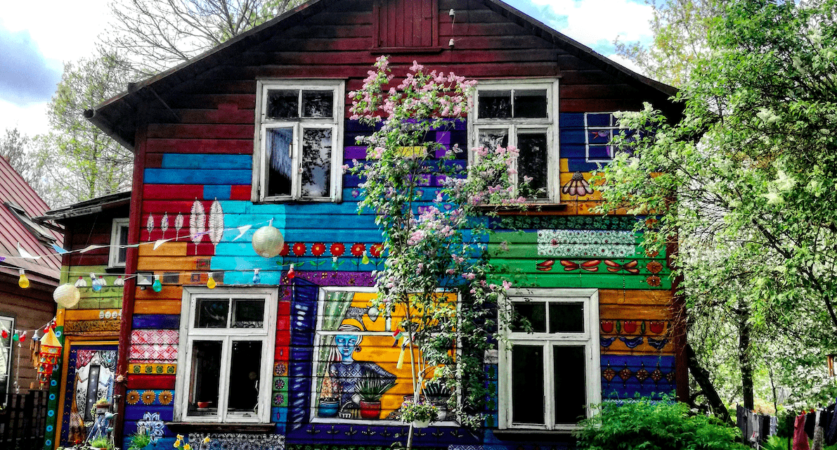
Photo © Evelin Pihlak
Wooden Architecture
Tartu is diverse in terms of its architecture and the character of each of its city districts, for example the historic and majestic old town Annelinn which mainly consists of 5-and 9-storey Soviet-era apartment buildings, as well as the bohemian wooden districts Karlova and Supilinn (Soup Town). The last two are especially interesting to visit as the exciting history, eye-catching architecture and colourful street art of the neighbourhoods meet. It is truly a “little wooden city”, known for its old wooden houses and an eccentric atmosphere. In spring, both locals and visitors to the city have the opportunity to take part in the neighbourhood festivals.
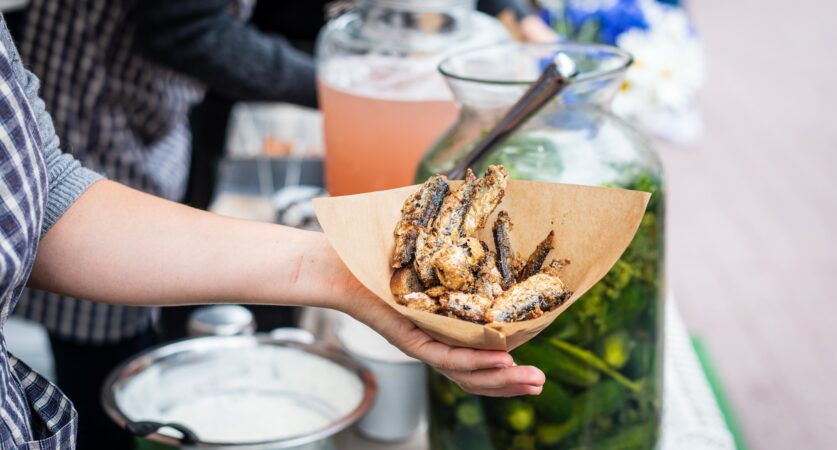
Photo © Katrin Press
City full of flavours
Tartu is the centre of South Estonian flavours. The city has plenty of cozy cafes and diverse restaurants, where authentic Estonian food as well as dishes from different nations can be found. This area is known for various events that promote good and healthy food. In February, Tasty Tartu restaurant month attracts gourmets by offering exciting special menus. The summertime Tartu Food and Wine Festival brings together countless delicacies and seasonal foods from the best that small producers in South Estonia have to offer. Home-café days are growing in popularity both in the city and all over the county.
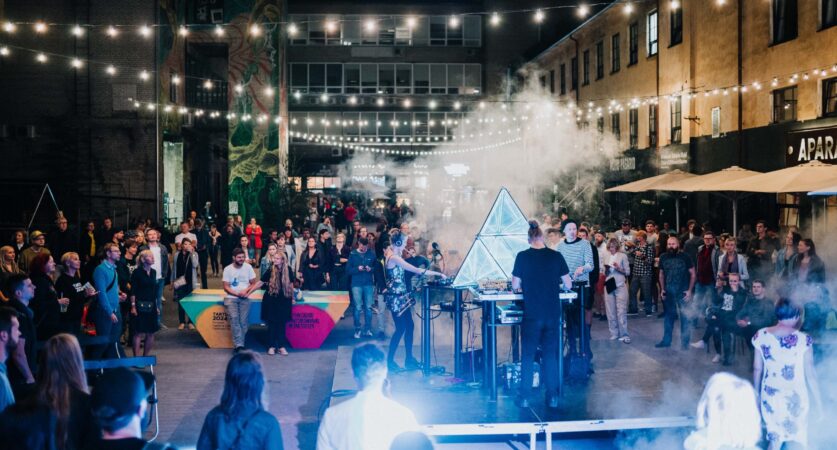
Photo © Kiur Kaasik
Aparaaditehas Creative City

Photo © Jaak Nilson
One-of-a-kind barge ‘Jõmmu’
Barges are unique wooden trading vessels that, in Estonia, sailed the inland waters for more than 600 years – from the 14th until the middle of the 20th century. This contributed greatly to the prosperity of several Estonian towns, especially Tartu. When the Hanseatic League dominated trade across the Baltic and North Seas during the 14th-16th century, the barges heading for Novgorod carried mainly salt, cloth, beer, sweet wine and oriental spices. On the return, they brought furs, honey and wax.
Most of the sailing barges were lost in the turmoil of the two world wars, when they were requisitioned as military landing ships. The last of the historic barges could be seen sailing on Lake Peipus in the middle of the 20th century.
‘Jõmmu’ was built based on the historic barges that sailed in the region and is now the only example of its kind in the world. The barge was launched in the spring of 2006.
In October 2020, a new centre Lodjakoda was opened by the River Emajõgi where visitors can study the history of barges, how they were built and what they were used for. They can try old-fashioned barge-related work, craft a barge model and much more. The centre operates as a shipbuilding centre, theme park, museum, conference centre and exhibition space with a café, Viking and barge tours and a harbour. During winter, the barge ‘Jõmmu’ is also housed in the centre.
Sustainability Recognitions

In August 2019, Tartu was chosen as the European Capital of Culture 2024. The international panel of judges made the decision on the basis of a cultural programme that must have a strong European dimension, promote the active involvement of the city’s inhabitants, communities and various stakeholders, as well as contribute to the long-term development of the city and its surrounding region.
The leading theme of Tartu 2024 is “Arts of Survival”. This is meant to express the power of the arts in affecting Europe’s future in three areas: environmentally friendly culture with a focus on human communication, strong communities and essential skills for living and, indeed, survival in the coming years.

Tartu was selected as part of the 2021 Top 100 Destination Sustainability Stories.
Visit other destinations nearby
Get in touch
Support
We are a multicultural, creative and dedicated team working to promote sustainable tourism. Join us in our fight against the climate crisis, single-use plastics and over-tourism!
